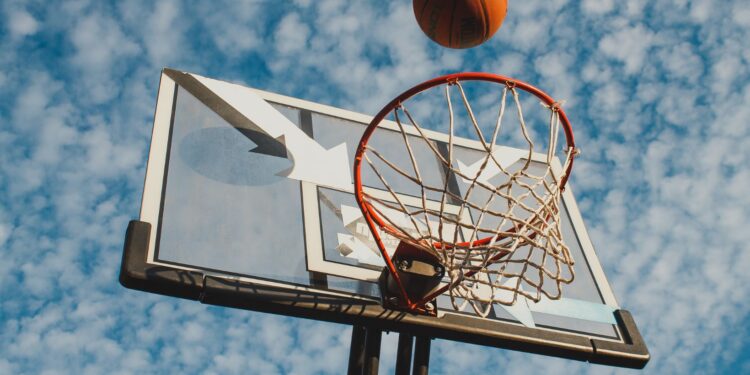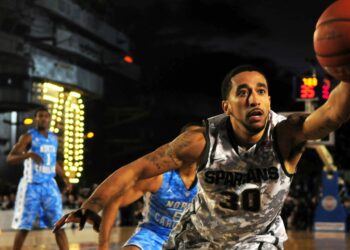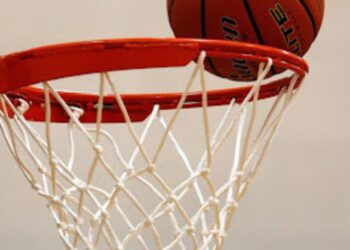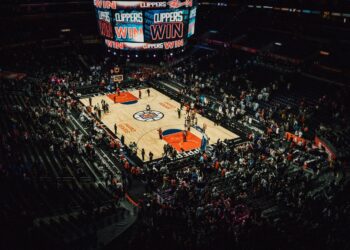In the wake of another playoff exit, the Los Angeles Lakers face an uncertain future regarding LeBron James. The past two NBA seasons have underscored their struggles, particularly against the Denver Nuggets, as well as inconsistencies aggravated by injuries and tactical missteps.
LeBron elevates the Lakers to contenders but at a cost to their offensive fluidity despite becoming a defensive liability. With LeBron pondering retirement or potentially requesting a trade to a team that can better contend, the question looms: How will the Lakers reinvent themselves in his absence? Is a defensive stronghold and revamped offense around Anthony Davis enough to keep them competitive in the West?
Cap Room Bonanza
The salary cap scenario for the Los Angeles Lakers in the post-LeBron James era presents a complex puzzle of financial and strategic decisions. With LeBron technically under contract for the 2024-25 season at a towering $51.4 million, his potential opt-out before July signals a seismic shift in the Lakers’ future both in terms of finances and on-court strategy.
The situation is further complicated by D’Angelo Russell, who, according to Brian Windhorst of ESPN, is “likely” to decline his $18.7 million player option for the next season in favor of free agency. This move, coupled with possible opt-outs from Christian Wood, Jaxson Hayes, and Cam Reddish, could leave the Lakers with approximately $32 million in cap space, assuming the projected $141 million salary cap and the New Orleans Pelicans taking the Lakers’ 2025 first-round pick instead of the current No. 17.
Despite having a significant chunk of cap space, the Lakers would face the challenge of navigating a market where the lowest tier of maximum contracts starts at $35.3 million. This predicament limits their ability to chase top-tier free agents and necessitates clever management to bolster the roster around Anthony Davis amidst an array of supporting talents like Rui Hachimura, Austin Reaves, and others.
The Lakers’ best-case scenario involves seeking value in the free-agent market to replace Russell and possibly bolster the center position or the wing. Names like Tyus Jones, De’Anthony Melton, Nicolas Claxton, Jonas Valančiūnas, and Isaiah Hartenstein come into play, each with their cost-benefit calculus. Furthermore, the Lakers could explore options like Malik Monk, Kelly Oubre Jr., and others for depth and versatility.

If Russell opts in, reducing the Lakers’ max cap space to $14.3 million, the team might prefer staying over the cap to utilize larger mid-level exceptions, potentially keeping them competitive without James. This scenario underscores the tightrope Los Angeles must walk in balancing short-term competitiveness with long-term financial and roster flexibility, all under the looming possibility of LeBron’s departure transforming the team’s identity and strategy entirely.
Trades?
Trading Russell, should he opt in, opens a complex avenue for the Lakers. Teaming Anthony Davis with a star like Trae Young or Donovan Mitchell seems appealing but is fraught with risks. This strategy would require the Lakers to part with significant assets, including their 2024 first-round pick (post-selection) and additional picks in 2029 and 2031, potentially stripping the team of its future depth and flexibility.
While acquiring a second star could immediately elevate the Lakers back into contention, the pitfalls of sacrificing too much depth and future draft capital are substantial. Given Davis’s age at 31 and the uncertainty surrounding LeBron’s future, the Lakers might also need to entertain the possibility of trading Davis himself.
This move could usher in a new era for the Lakers by accumulating a wealth of talent and assets, ensuring a competitive reboot rather than a gradual decline.
Could Bronny James Keep LeBron in LA?
LeBron’s future may depend on where his son, Bronny James, winds up. LeBron has indicated a strong desire to play with his son before retiring. As a result, Bronny James is foregoing his final three years of college to enter the NBA Draft early with the hope of playing with his father.

The Lakers have already indicated they are open to drafting Bronny in hopes that LeBron will stay with the team longer. Many believe that Bronny will be there in the second round when the Lakers are on the clock. Bronny’s draft stock is not very good at the moment given his poor numbers at USC where he averaged just 4.8 points per game. But because of his last name, he will get consideration, particularly from the Lakers.
The Bottom Line
In the twilight of LeBron James’s illustrious career, the Los Angeles Lakers find themselves at a crossroads, with their immediate future hinging on his monumental decision to stay or go. Game 5 against the Denver Nuggets indeed marked the end of an era; the Lakers must prepare to chart a new course—one fraught with challenges but also ripe with opportunities.
The potential departure of James could trigger a cascade of changes, from a shakeup in the coaching staff to strategic player trades and changes in the NBA championship odds.
The prospect of acquiring a third star in the form of Trae Young or Donovan Mitchell presents an alluring, albeit risky, gamble on the Lakers’ part, sacrificing depth and valuable draft picks for the sake of immediate contention.
Ultimately, whether James opts in or out or pushes for internal changes contingent on his return, the Lakers organization faces the daunting task of navigating a future without its anchor.









